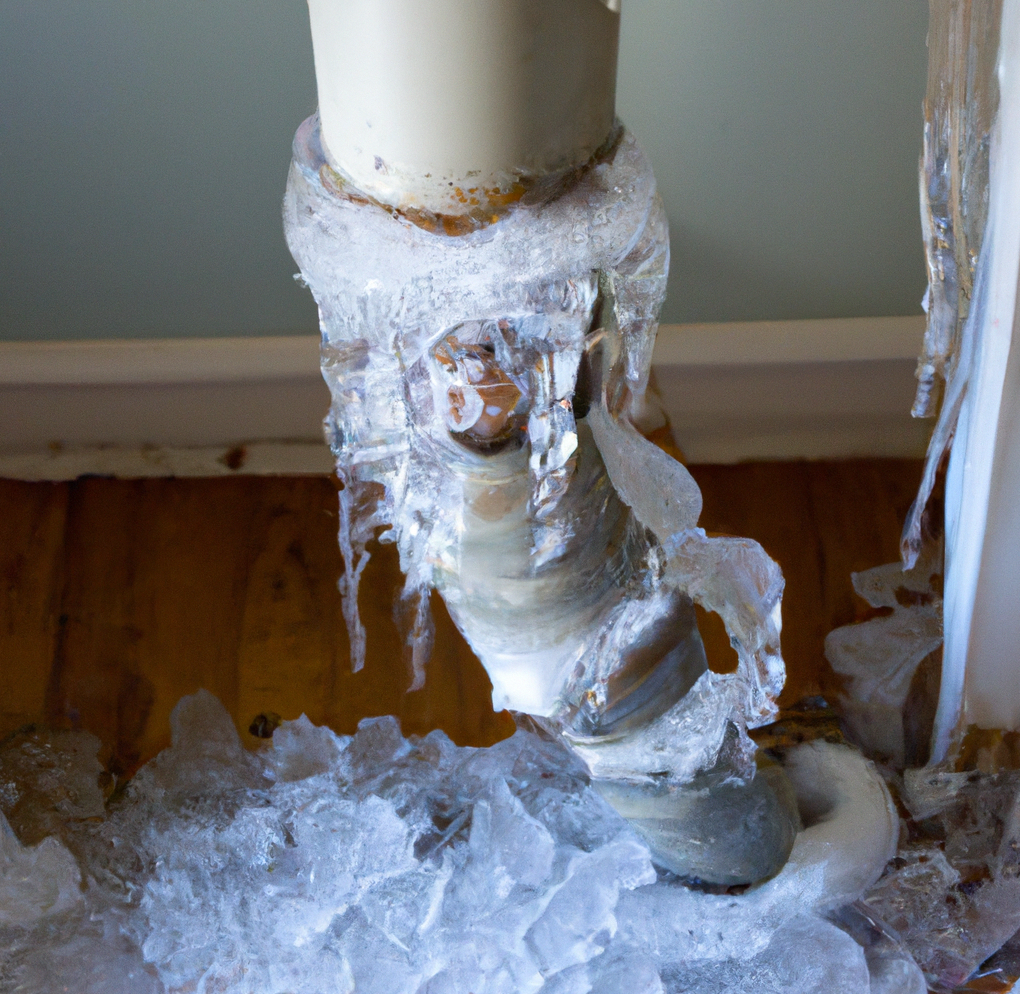
To prevent frozen pipes in your home, you can take the following steps:
- Insulate pipes in unheated areas like the garage or attic.
- Seal any air leaks around pipes to prevent cold air from reaching them.
- Keep your home temperature above freezing, even when you are away.
- Open cabinet doors to allow warm air to circulate around pipes under sinks.
- Disconnect garden hoses and drain outdoor faucets.
- Use heating tape on pipes susceptible to freezing.
- Consider installing a smart home device that can monitor your home’s temperature and alert you to potential issues.
If a pipe in your home has frozen, you should take the following steps:
- Turn off the main water supply to prevent water damage.
- Open the faucet at the end of the frozen pipe to release pressure and allow the ice to melt.
- Use a hair dryer, heat lamp, or portable heater to thaw the frozen pipe, starting from the end nearest the faucet.
- Never use an open flame to thaw a frozen pipe as it can cause a fire.
- Once the ice has melted, turn the main water supply back on and check for leaks.
- If you are unable to thaw the pipe or if the pipe has already burst, turn off the main water supply and call a plumber for repairs.
